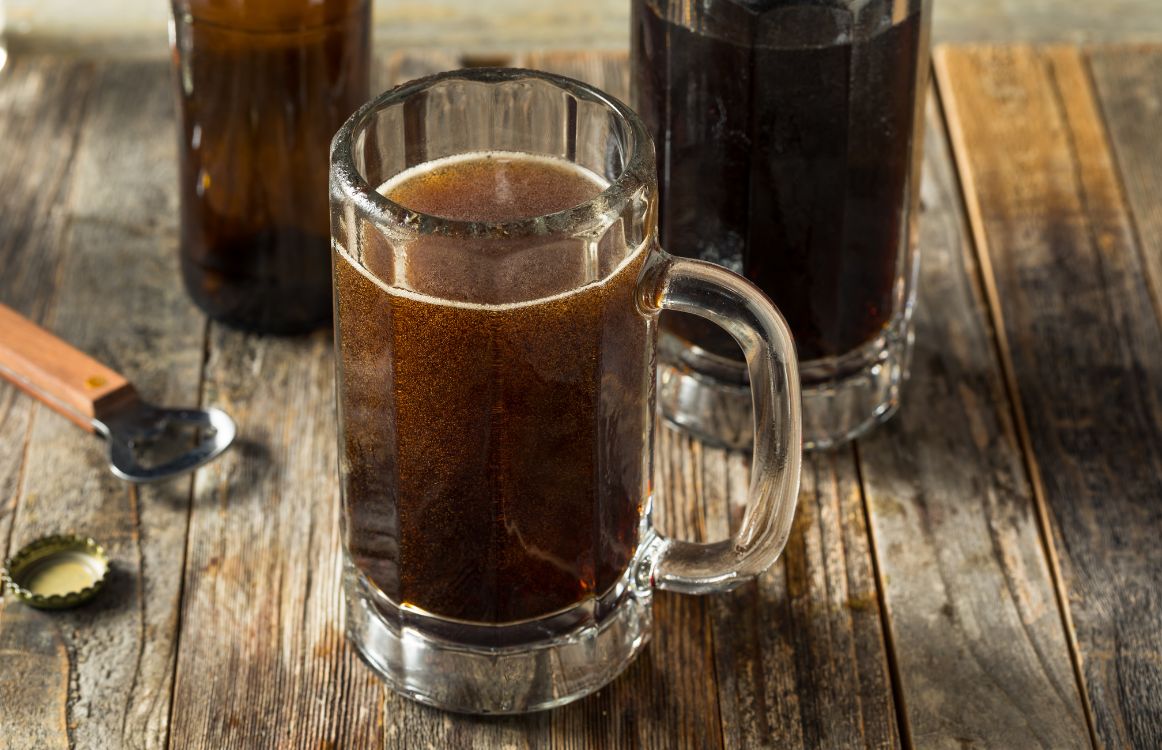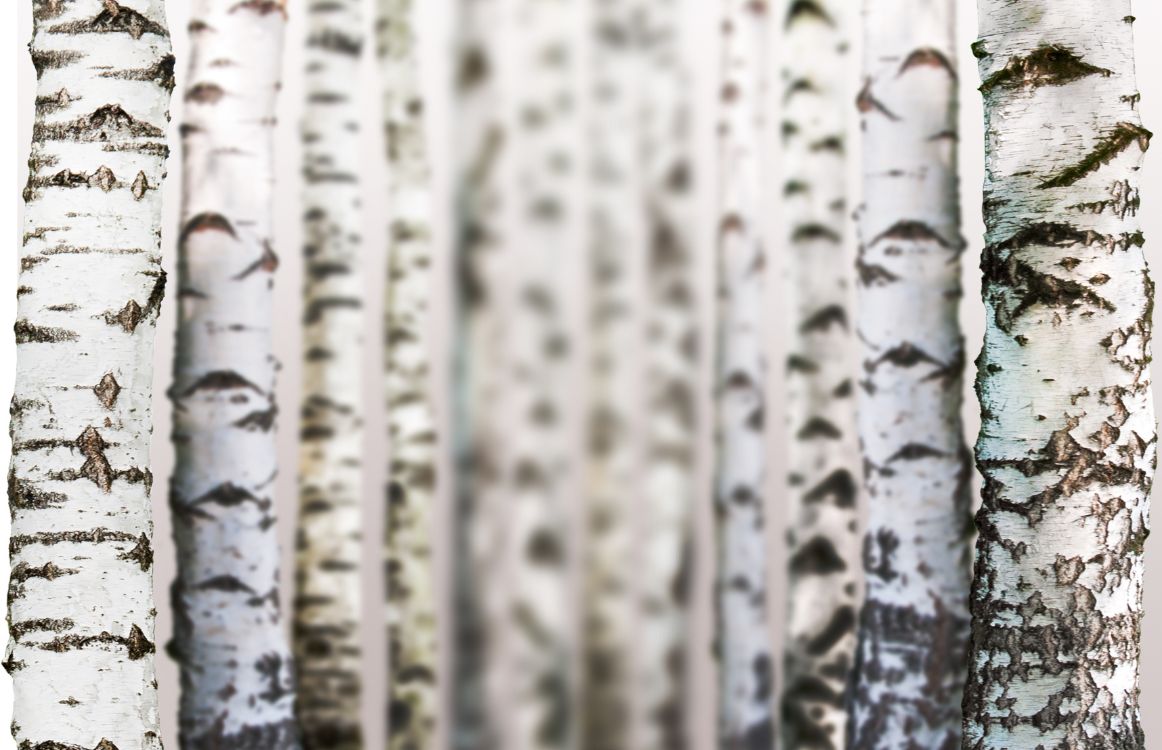What Does Birch Beer Taste Like?
If you’re only just hearing about birch beer, you’re in for a special delight that you must try. What does birch beer taste like? It’s a minty, earthy, fizzy beverage that many in the Northeastern seaboard of the US will choose over root beer any day.
So, what’s the story with this elusive drink?
Let’s look.

What Is Birch Beer?
While root beer was originally made from the root of the sassafras tree, today, it is most often sold without any sassafras at all, instead drawing on a blend of spices like vanilla and cardamom.
Likely, it is this shift away from its roots (pun intended) that has made root beer an American staple.
Birch beer, in contrast, has remained close to its origins, and that is probably what keeps it in a niche market specific to lovers of all things Pennsylvania Dutch.
Birch Beer is a soft drink made from the sap of the black birch tree that is mixed with simple syrup, caramel color, and carbonated water.
Those not from Pennsylvania might say birch beer tastes like root beer.
People from Pennsylvania, who grew up drinking either the red, brown, or clear beverage sold at local markets and restaurants, will tell you this description is offensive.
To locals, birch beer tastes like wintergreen, like earth, yet still light, crisp, and refreshing.
History of Birch Beer
Originally, birch bark was used for medicinal purposes by indigenous people in the Northeast, specifically in and around Pennsylvania territory and in the Appalachian mountains.
Indigenous people in the US are well known for learning the properties of the plants around them, and as such were familiar with what to eat and drink for various forms of healing.
When the first colonists from Europe arrived, they observed the native people eating the inner edible layer of tree bark both as a source of nourishment and as a source of medicine.
The indigenous people used black birch bark as an anti-inflammatory pain relief as well as to a fever reducer.
They would brew the bark for hours in water to make a strong tea that could be drunk then for relief.
Early settlers in the northeast and Appalachian territories learned of birch bark from the natives and began to use it to make what is now called “small beer.”
Because they were short on resources and did not have the ability to make or buy liquor or classic beer, settlers would brew birch bark tea and then allowed the cooled down brew to ferment and become “beer.”
Today, the sap, rather than the bark, of the tree is used, and the beverage is no longer fermented.
But the name birch beer stuck.
Root Beer Vs Birch Beer

The biggest difference between root beer and birch beer is in heaviness.
You will be hard pressed to find someone who describes root beer as light and refreshing. It is a heavy drink, dark and thick, and it often feels like it is packed with sugar and spices.
In contrast, birch beer is light, crisp, and subtle. It also tastes minty, which is not a common flavor in root beer.
Other than heaviness, you will also be hard pressed to find birch beer outside of Pennsylvania and very nearby communities. Not even in New York are you likely to find a birch beer on the market shelves. It has become an exclusive beverage of which the people of Pennsylvania are quite proud.
Root beer, however, has become a national symbolic drink in America, and Americans will get into debates over which brand is the best.
Still, the two drinks have more in common than they do in contrast.
Both have roots in native culture, both have been traditionally used, and can still be used, for medicinal purposes, and both began their histories in American culture as a shared experience between natives and settlers.
Furthermore, both drinks have a space in the beer scene in the states.
Birch beer was often drunk instead of beer by poor people who could make it themselves and still get a slight buzz, and root beer was marketed as a non-alcoholic alternative to beer leading up to and during Prohibition.
Birch Beer Recipe
To make your own birch beer and taste it for yourself, you only need three ingredients: black birch bark, sugar, and yeast.
In fact, you can probably even get away with fermenting this drink with wild yeast if you’re daring enough.
Now, simply boil 1 cup of birch bark in a large pot of water. Lower to simmer and cook for at least an hour to concentrate the liquid.
Allow the tea to sit and cool overnight.
The next morning, bring the water to a boil again and add sugar or molasses to sweeten to your taste.
Once the liquid has cooled again, you can transfer it to an airtight container, add ¼ packet of wine yeast, and close the lid, leaving several inches of head space for fermentation and opening it once or twice a day to release any excess carbon dioxide.
After about a week, you should have fresh birch beer you can strain and place in your refrigerator.
Cheers!
Are you still pitching fresh yeast every time? By reusing your yeast, you can save up to hundreds of thousands of dollars per year on just yeast alone!
Join the hundreds of brewers from all around the world using the Smartest Automated Yeast Cell Counter! Request a Free Demo Account today and experience firsthand how Oculyze can take your brewery to the next level!
Sources:
- https://www.growforagecookferment.com/foraging-birch/
- https://modernfarmer.com/2014/12/birch-beer-best-soda-youve-never-tried/
- https://renegadebrewing.com/birch-beer-recipe/
Stay on top on important fermentation insights – subscribe to our monthly newsletter and receive a hand-picked selection of our most relevant articles straight to your inbox.
Never miss a beat and get real time updates with a new article each workday by subscribing our social media channels.
Instagram | Facebook | Twitter | YouTube


